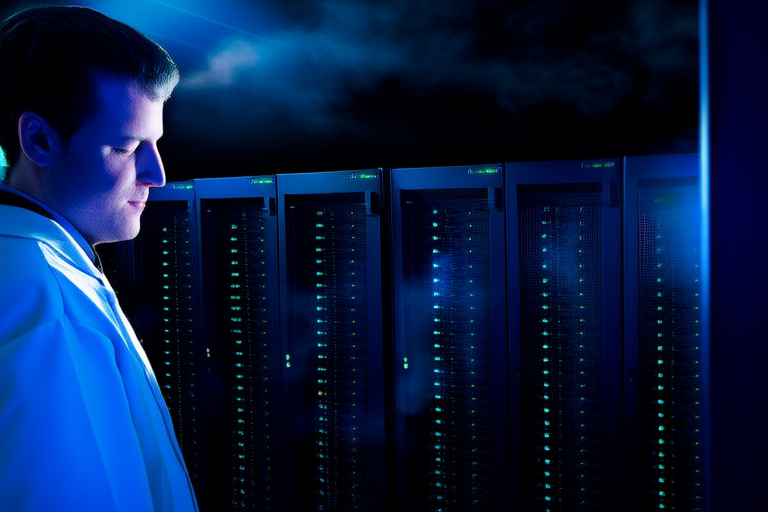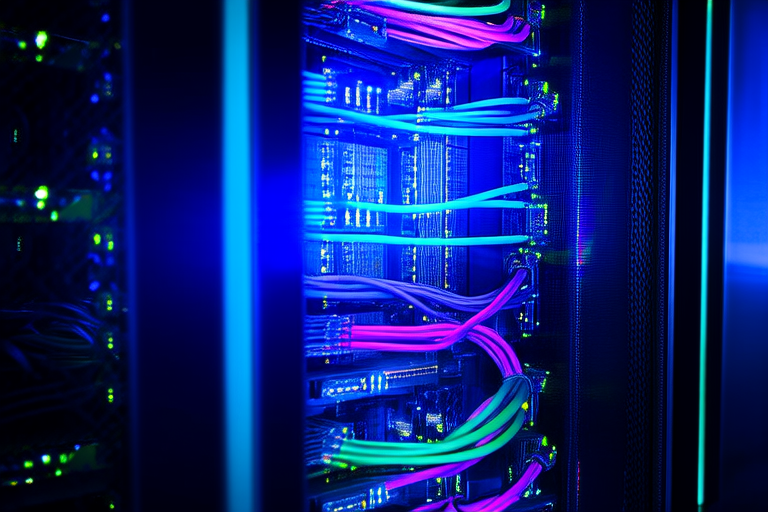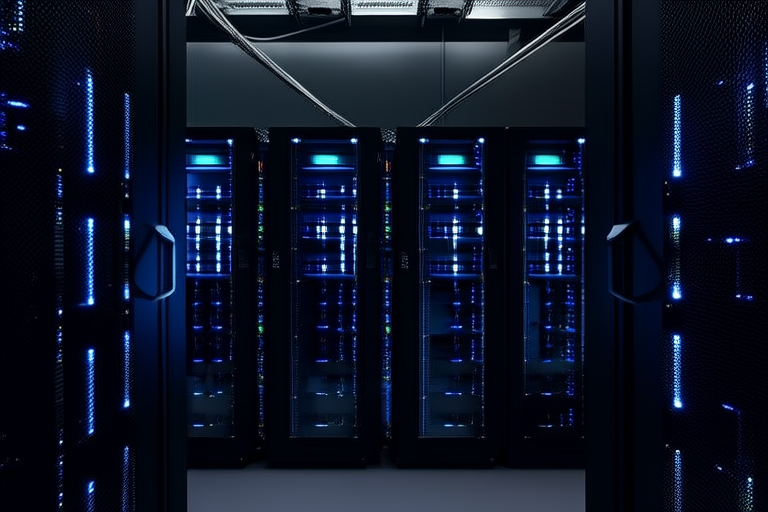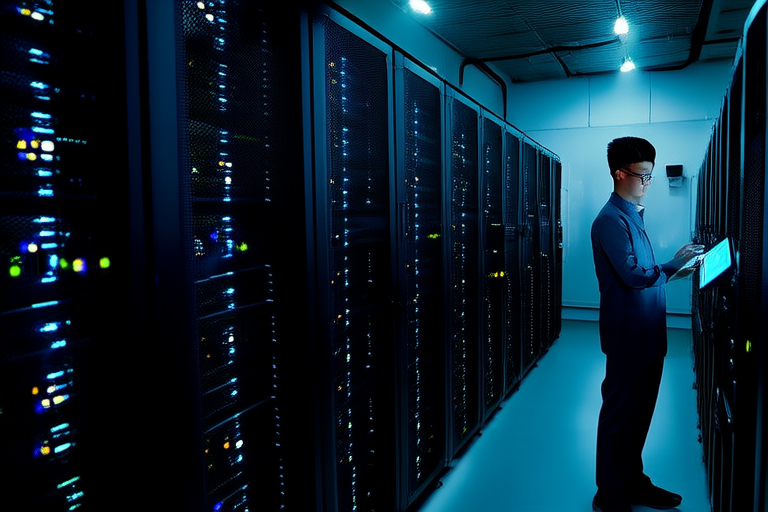“`html
Introduction
Cloud computing and edge computing are two of the most transformative technologies in today’s digital landscape. While cloud computing provides scalable, efficient, and accessible computing resources over the internet, edge computing processes data closer to the source, reducing latency and improving performance. This article explores how these technologies are reshaping the tech industry, covering their definitions, benefits, real-world applications, and the challenges they face.
In this article, we will delve into the evolution of cloud computing, the rise of edge computing, and how these two technologies work together to create more efficient, reliable, and secure systems. We’ll also examine the challenges they present and the future trends that will continue to shape the industry.
Section 1: Understanding Cloud Computing
Definition and Key Components
Cloud computing refers to the delivery of computing services—such as servers, storage, databases, networking, software, and intelligence—over the internet (“the cloud”). Instead of owning and maintaining physical servers, businesses can rent these services from third-party providers, allowing them to scale up or down based on demand. The three primary service models of cloud computing are Infrastructure as a Service (IaaS), Platform as a Service (PaaS), and Software as a Service (SaaS).
- IaaS: Provides virtualized computing resources over the internet. Users can rent virtual machines, storage, and networks.
- PaaS: Offers development tools and environments to build, test, and deploy applications. It abstracts the underlying infrastructure, allowing developers to focus on coding.
- SaaS: Delivers software applications over the internet, eliminating the need for local installation and maintenance.
The Evolution of Cloud Computing
The concept of cloud computing has evolved significantly since its inception. Early cloud services were primarily focused on storage and basic computing tasks. Over time, advancements in technology have led to more sophisticated cloud platforms capable of handling complex workloads, artificial intelligence, and big data analytics. Today, cloud computing is an integral part of many industries, enabling businesses to innovate faster, reduce costs, and improve customer experiences.
Industries Transformed by Cloud Computing
Several industries have been profoundly impacted by cloud computing. For example, healthcare providers use cloud-based systems to store patient records securely and share information across facilities. Financial institutions leverage cloud platforms to process transactions, manage risk, and comply with regulatory requirements. Retailers utilize cloud computing to personalize shopping experiences and optimize supply chains. These examples illustrate the versatility and importance of cloud computing in modern business operations.
Benefits of Cloud Computing
Cloud computing offers numerous benefits, including:
- Scalability: Businesses can easily adjust their computing resources to meet fluctuating demands.
- Cost Efficiency: Cloud services eliminate the need for expensive hardware and maintenance, reducing overall IT expenses.
- Accessibility: Cloud-based applications can be accessed from anywhere with an internet connection, promoting remote work and collaboration.
Section 2: Understanding Edge Computing
Definition and Role
Edge computing refers to the practice of processing data at the “edge” of the network, closer to the source of data generation. This approach reduces the amount of data that needs to be sent to centralized cloud servers, minimizing latency and improving real-time responsiveness. Edge computing devices can include sensors, cameras, industrial machinery, and other Internet of Things (IoT) devices.
Comparison with Traditional Cloud Computing
While cloud computing centralizes data processing in remote data centers, edge computing decentralizes it by moving computation closer to the data source. This difference is crucial for applications requiring low-latency responses, such as autonomous vehicles or real-time monitoring systems. By processing data locally, edge computing reduces the burden on cloud infrastructure and improves overall system performance.
Advantages of Edge Computing
The primary advantages of edge computing include:
- Reduced Latency: Processing data locally eliminates the delay caused by transmitting data to distant cloud servers.
- Increased Privacy: Sensitive data can be processed locally, reducing the risk of unauthorized access.
- Improved Reliability: Local processing ensures continuous operation even if cloud connectivity is interrupted.
Real-World Applications
Edge computing is making significant impacts in several sectors:
- IoT: Edge computing enables smart cities, connected homes, and industrial automation by processing data locally and acting on insights in real-time.
- Autonomous Vehicles: Edge computing allows self-driving cars to make split-second decisions based on sensor data without relying solely on cloud-based systems.
- Healthcare: Wearable devices and medical equipment can process patient data locally, providing immediate feedback and alerts to healthcare professionals.
Section 3: How Cloud and Edge Computing Work Together
Synergy Between Cloud and Edge Computing
Cloud and edge computing are not mutually exclusive; rather, they complement each other. While edge computing handles real-time processing and local decision-making, cloud computing provides long-term storage, advanced analytics, and machine learning capabilities. This collaboration creates a hybrid architecture that leverages the strengths of both technologies.
Hybrid Architectures
Hybrid architectures combine cloud and edge computing to enhance performance, security, and user experience. For example, in a smart city scenario, edge devices process traffic data locally to optimize traffic flow in real-time. Meanwhile, cloud servers analyze historical traffic patterns to predict future congestion and suggest long-term improvements. This integration ensures that both short-term and long-term goals are met.
Enhanced Performance, Security, and User Experience
The collaboration between cloud and edge computing results in:
- Better Performance: By offloading non-critical tasks to the cloud, edge devices can focus on real-time processing, ensuring faster response times.
- Improved Security: Data can be encrypted and processed locally before being sent to the cloud, reducing the risk of breaches.
- Enhanced User Experience: Real-time insights and personalized interactions are possible due to the combination of local and cloud-based processing.
Case Studies and Examples
Several organizations have successfully implemented hybrid cloud-edge solutions:
- Telecommunications: Operators use edge computing to provide ultra-low-latency services for 5G networks, while leveraging cloud infrastructure for centralized management.
- Manufacturing: Factories deploy edge devices to monitor equipment health in real-time, while cloud servers analyze production data to optimize processes.
- Smart Grids: Utilities employ edge computing to manage energy distribution locally, while cloud systems coordinate broader grid operations.
Section 4: Challenges and Future Trends
Challenges in Integration
Integrating cloud and edge computing solutions presents several challenges:
- Data Management: Ensuring seamless data flow between edge devices and cloud servers requires robust protocols and standards.
- Security: Protecting data at both the edge and in the cloud is critical to prevent breaches and ensure compliance with regulations.
- Interoperability: Different edge devices and cloud platforms may use incompatible protocols, complicating integration efforts.
Potential Solutions
To address these challenges, organizations can adopt:
- Standardized Protocols: Developing industry-wide standards for data exchange and communication.
- Advanced Security Measures: Implementing encryption, authentication, and access controls at both the edge and cloud levels.
- Interoperable Platforms: Choosing cloud and edge solutions that support open APIs and cross-platform compatibility.
Emerging Trends
Future trends in cloud and edge computing include:
- AI-Driven Optimizations: Leveraging artificial intelligence to enhance decision-making at the edge and improve cloud resource allocation.
- Advanced Analytics: Utilizing big data analytics to extract valuable insights from edge-generated data.
- New Hardware Innovations: Developing specialized hardware, such as edge processors and accelerators, to improve performance and efficiency.
Speculation on Future Developments
The continued advancement of cloud and edge computing will likely lead to:
- Increased Adoption: More industries will embrace hybrid cloud-edge architectures to drive innovation and efficiency.
- Enhanced Collaboration: Improved interoperability and standardization will facilitate better integration between edge and cloud systems.
- Broader Applications: New use cases will emerge, further expanding the reach and impact of these technologies.
Conclusion
Cloud and edge computing are reshaping the technological landscape by offering scalable, efficient, and reliable solutions for businesses and consumers alike. Their synergistic relationship creates powerful hybrid architectures that enhance performance, security, and user experience. As these technologies continue to evolve, they will play an increasingly important role in driving innovation across various industries.
This article has explored the definitions, benefits, and applications of cloud and edge computing, as well as the challenges and future trends associated with their integration. We encourage readers to further explore these topics and consider adopting cloud and edge computing in their own work to stay ahead in the rapidly changing tech industry.
“`




